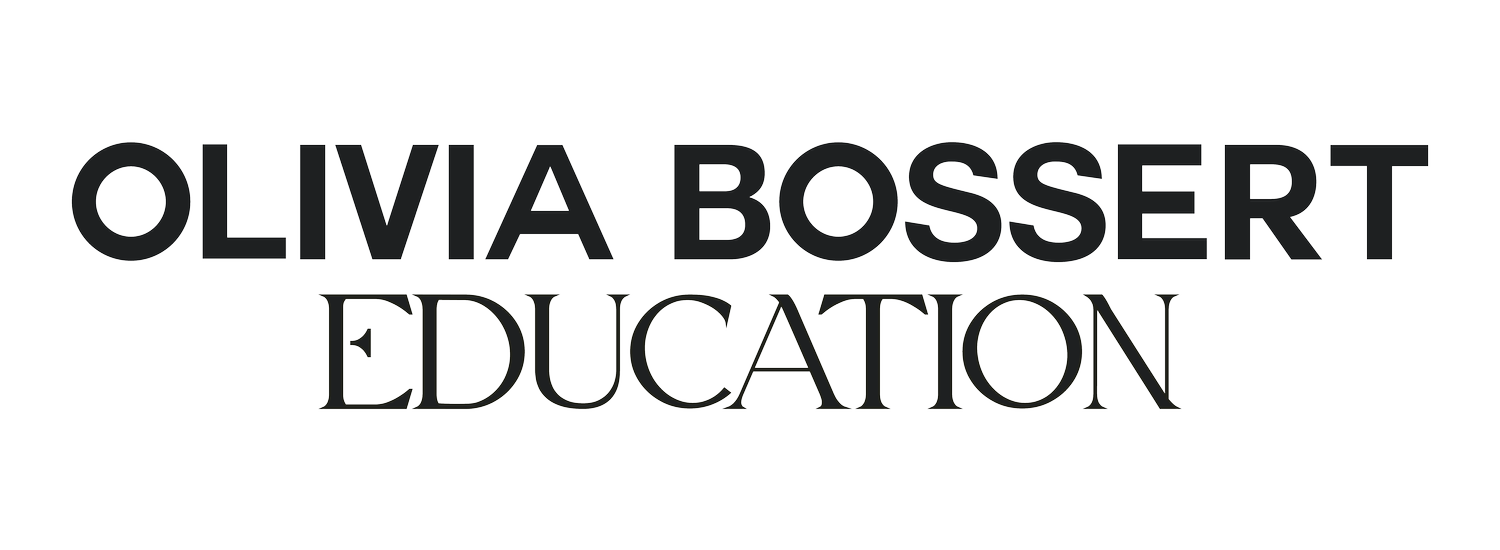Natural Light vs Artificial Light - What’s Best in Photography?
Whenever I do a shoot, particularly one shot in studio, I get flooded with questions about how I’ve lit it.
“Do you use flash?”
“Is this just window light?”
“When do you know what to use?”
So instead of leaving you all in the dark (pun very much intended!), let me explain to you what I personally do, and what works for me.
These images of Merle were shot in a daylight studio, when it was starting to get quite dark. I had her facing the window so that she would be evenly lit, and bumped my ISO up to 800. My Nikon D750 can handle it, and the grain really isn’t that visible.
I was able to shoot these with a high ISO, also with the knowledge that these images would mainly be seen online. They’re not going to be printed, or blown up to be billboards, so I wasn’t worried about grain that much.
I’m a photographer who likes to keep things simple. I always have, and probably always will. I hate to feel like I’m overcomplicating anything. It makes me feel stressed, I lose my creativity, and I feel boxed in when I make things too complicated. For that reason, most of the time, I’ve always stuck to shooting with natural light. On location, I move around A LOT. I’m constantly shifting my model around, moving her from one spot to the next, and my location shoots often involve a fair bit of walking. Lugging around a bunch of lighting hasn’t really ever suited what I do - particularly my editorial and personal work.
In a studio, I’m quite similar. I like to set my backdrops up, and be able to move things around easily if the light sifts, or changes, or I see something which inspires me.
However, I also use flash.
I think that natural light shoots can get a lot of slack for being lazy. I get it - it can seem like a cop out. And I definitely know a lot of natural light shooter who shy away from lights because they’re afraid of them. That’s been me in the past, as well. But shooting with natural light can be really tricky as well. Harsh light in the middle of a sunny day can be really ugly, or in the depths of Winter, natural light isn’t very readily available.
Personally, I think that we, as fashion photographers, need to be able to master both. Then, it not longer becomes a question of what you prefer to work with, but what will be best for the images you’re doing.
When do I stick to natural light?
90% of the time, I’ll shoot with available light. As I’ve said, I like to keep things simple, and having loads of lights up with cables everywhere and large modifiers isn’t my jam. The images above were shot for Jo & Co Home a couple of months ago, and the inspiration images that I was shown were very soft, natural and warm. We were shooting in a really lovely bright room, and when I tested the light and saw the images come up in Capture One, I could see that I had more than enough light to create what we needed. This would also mean that we could shoot quicker, and move around the room more easily, without having to keep moving the light around with us.
That being said, I had all of my lighting kit with me, because I truly didn’t know what the light would be like, and was ready to get it out if we needed it.
I know what you’re wondering: when do I actually use flash then?
Well, If I’m on a commercial job where we need to make sure the images are pin sharp, I’ll use artificial light. That’s just a no brainer. If I don’t want to risk losing natural light, or having the light change to much (which it will - natural light changes a LOT throughout the day - which is also why I love it so much), then I need to use flash. Flash allows for consistency, so if you need every single image you’re doing to look identical (say for a lookbook, or e-ecommerce), then I highly, highly, HIGHLY recommend using some form of flash.
The images you see above here were actually shot in my flat back in March (pre COVID lockdown!), and I wanted to recreate that beautiful, harsh golden hour light that streams in during an evening sunset. My flat didn’t get any kind of light like that, so I had to make it happen myself. These images were all taken using flash and a gel, plus some gobo’s (go between’s).
I also used flash when I was shooting this beauty editorial for Mode Magazine China at the end of 2019. I wanted the images to have soft, beautiful light on them, but we shot this story in mid December in a daylight studio between 12pm and 5pm. Anyone who’s been to London at that time of year knows that the sun is basically gone at 3pm! So there was no way that I could rely on natural light for this.
Resources for Learning Flash
If I’m shooting flash, I tend to want the light to be as soft as possible. That means no harsh shadows under my models chin, or anywhere on her face. I’m not going to give you a massive lesson on lighting in this blog post, but if you want to learn how to shoot with artificial light, here are some amazing resources that I can highly recommend:
“The Lighting Series” by Felix Kunze
“Crafting The Natural Light Look” by Sandra Coan** (Affiliate link)
If you’re totally new to using flash, then signing up to some kind of masterclass, either in person or online is highly recommended. It really isn’t as difficult as you think it is, but having a chance to really give lighting a go, and see how it works is super, super, useful!
Kit I Use For Shooting With Natural Light
I know that I’ve said that when I shoot with natural light, I’m aiming to keep things as simple as possible. That’s the truth, but that doesn’t mean I can always get away with zero kit. If I’m out on location and the light is really harsh, and I need to soften it, I need something to do that with!
My go to has become this scrim from Wex Photo Video. I’ve used it both on location, and used it as a diffusion when shooting in my home studio. Please note that it DOESN’T come with the frame, so you will need to purchase that separately.
My Flash Kit Essentials
I’ve mentioned a million times in this post already that I tend to like my light to look as natural as possible. Sometimes I’ll go for a harder, golden hour looking light, but most of the time, it's soft light I’m after. To make your light soft, you need a big light modifier. The bigger the modifier, the softer the light. The closer that modifier is to the subject, that will also make the light even softer.
Therefore my go to modifiers are things like a 6 ft octabox* (affiliate link), or a 6t parabolic umbrella* (affiliate link). I’ve got one of each, and I’ll use them interchangeably depending on what I’m after. My octabox has a silver lining to it (literally, not figuratively) which can make the light a touch harsher. Therefore I also have a white parabolic umbrella with a sock* (affiliate link) that goes over it. A white interior will make the light softer, and the sock acts as extra diffusion to make the light even more lovely and soft.
My flash head is from Pixapro, and I personally have the Storm 2 400, which when I was looking into what I needed for what I do, was a great fit. Pixapro is the UK’s version of Godox, and is a more affordable flash company. Because I don’t really use my light that often, it doesn’t make much sense to me to invest in something like Profoto, but one day it might.
Other things I recommend are things like sandbags* (affiliate link) for weighing down large light stands, a mix of colour gels* (affiliate link) to change the temperature of your life, and you’ll also need some triggers for your camera if your light doesn’t come with one. Mine did, and is all I need currently.
So there you go! A complete run down on how I used flash, the kit I use, and why I tend to just stick to natural light most of the time anyway.
If you have any questions about this post, please do come and send me a DM on Instagram, and I’ll be happy to help :)











